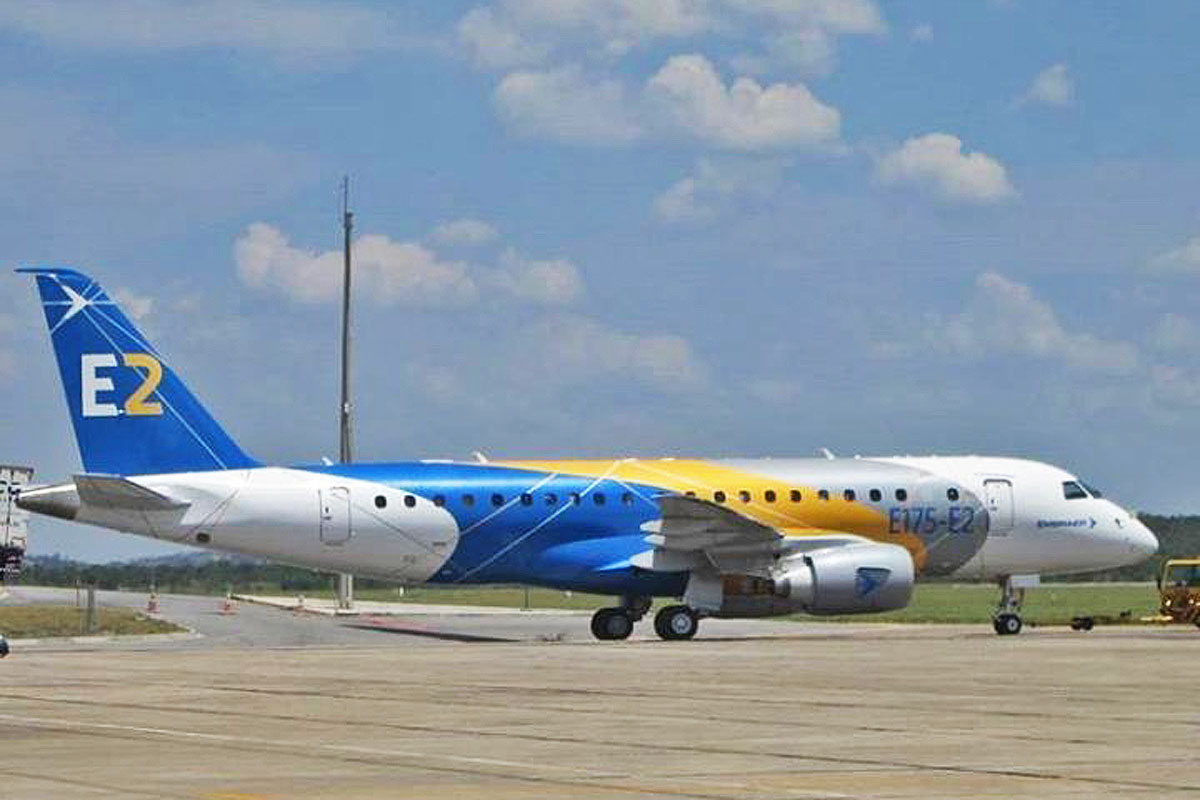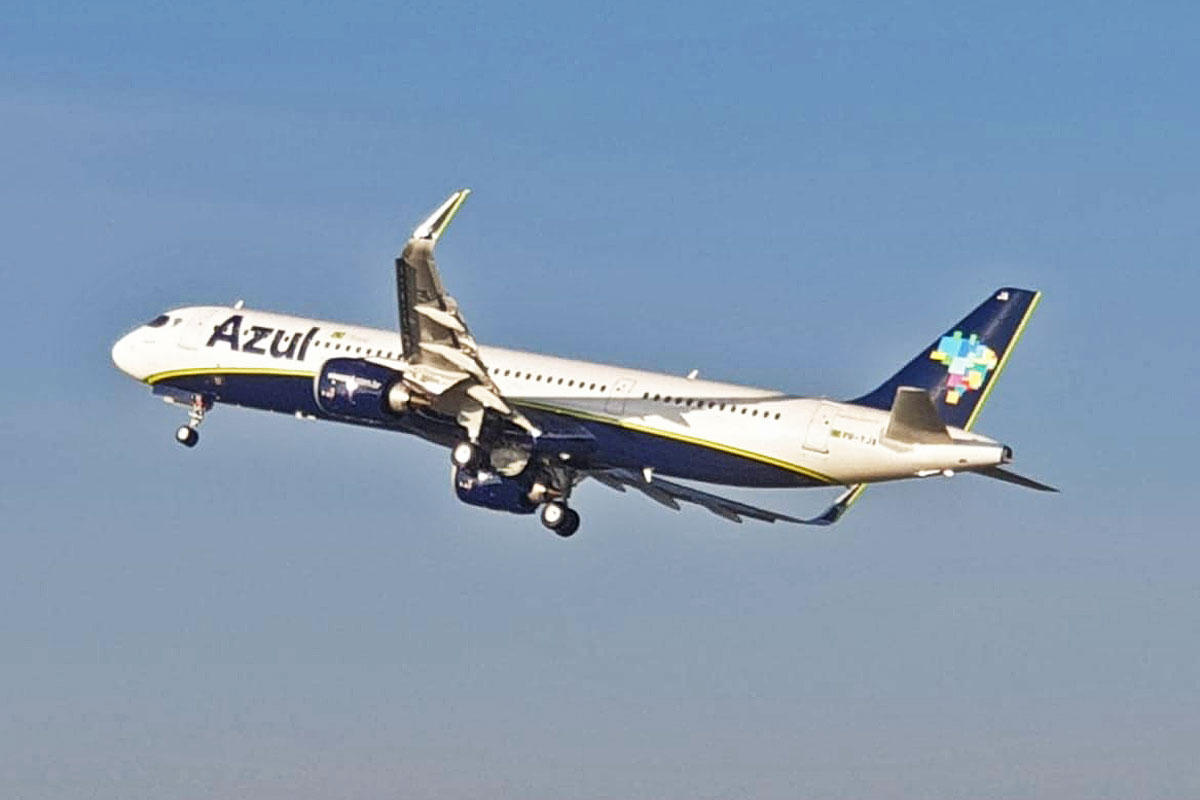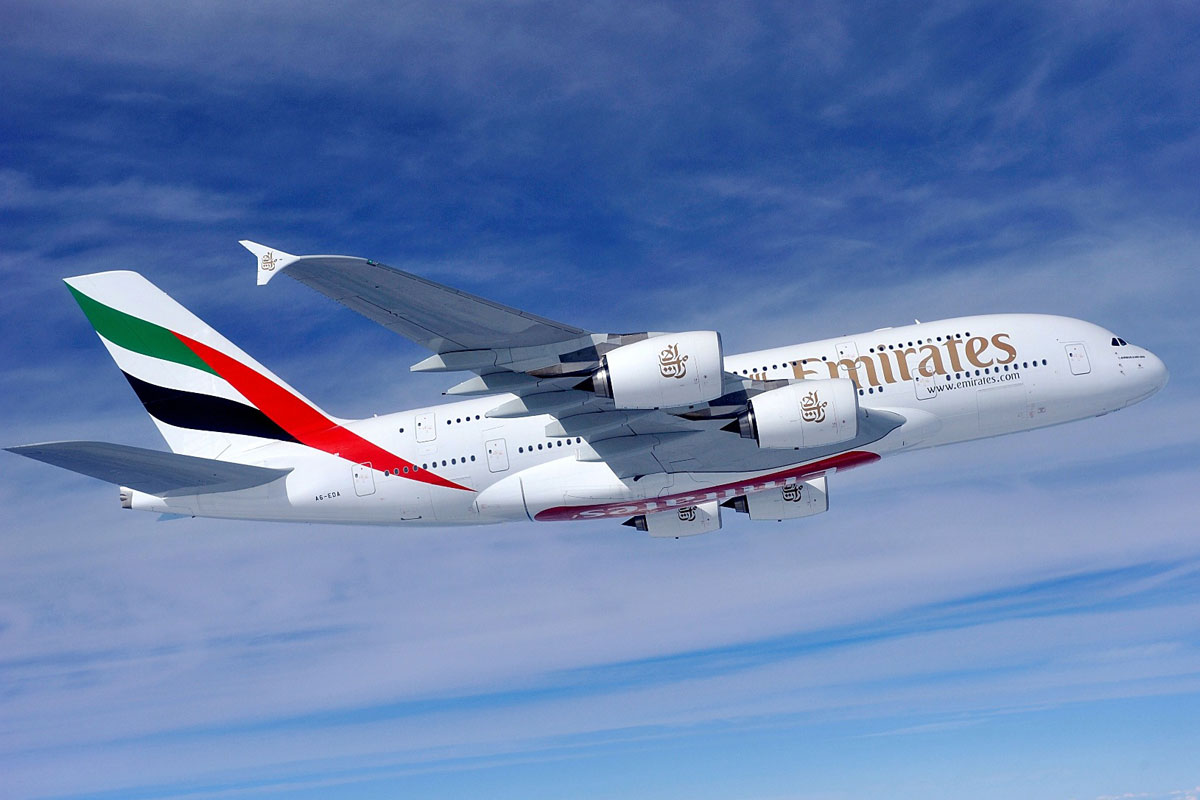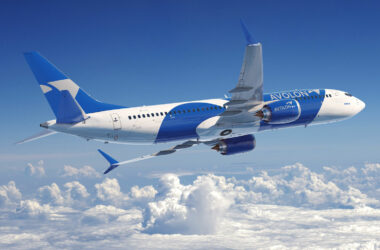The first jet E175-E2 is ready. Image that circulates on social networks shows the prototype of the aircraft being moved at the Embraer plant in Brazil. This is the first time the aircraft has been spotted complete with wings and engines installed.
The E175-E2 is the smallest model in the E2 family, which also features the E190-E2 and E195-E2 versions. The upgraded jet is almost one meter longer than the first generation E175 (32.4m versus 31.6m), allowing for a further row of seats in the cabin.
The new jet’s capacity ranges from 80 to 90 passengers, while the E175 holds 76 to 88 occupants. Other new features in the E175-E2 are the more efficient Pratt & Whitney PW1715G engines, redesigned and larger wings and 100% fly-by-wire control system.
According to Embraer, the first flight of the E175-E2 is expected to take place by the end of this year, while the certification process is expected to be completed by 2020, which would allow the aircraft to debut in 2021.
Waiting for orders
Despite the first models of the E2 series, which together total 168 firm orders, the E175-E2 has not yet received any official order. Embraer even released a letter of intent from the US airline SkyWest Airlines to acquire up to 100 aircraft, but then eventually excluded those options from its backlog.
The E175-E2 is designed to replace the first generation E175, the Brazilian manufacturer’s most successful commercial airplane with more than 800 units delivered since 2005, mostly to US regional companies.
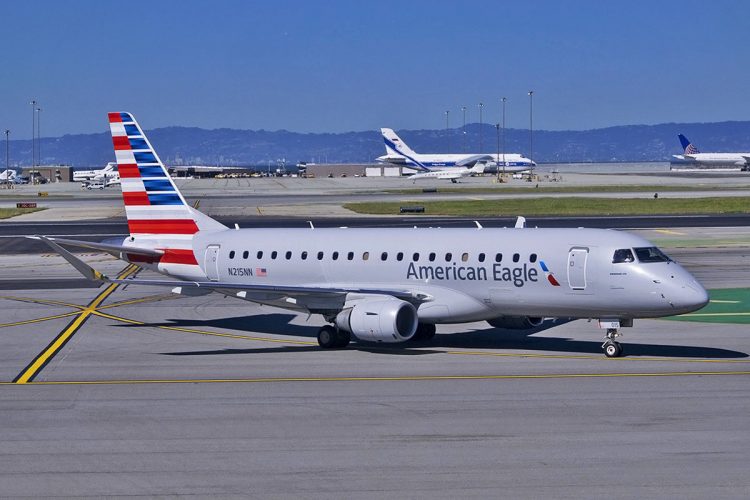
The introduction of the revamped aircraft in the US, however, depends on changes to the scope clause signed by contracts between pilot unions and major airlines. Because of this, they prevent the regional airlines associated with them from operating aircraft weighing more than 39,000 kg (86,000 lbs). The first-generation E175 meets this limit, unlike the new E175-E2 which exceeds this mark by almost 6,000 kg.
Embraer has been working on the new jet with the hope that the clause will be revised in this year’s and next contract negotiations by the American Airlines, Delta, United and Alaska unions. These companies operate the first generation of the E175 through third-party companies such as SkyWest and Republic Airlines, today the largest customers of the Brazilian manufacturer’s aircraft.
Despite the risk of not selling the new jet in the US, Embraer Commercial Aviation CEO John Slattery told the press in May that he sees opportunities for the E175-E2 outside the US market, especially in Asia.
The limitation imposed by unions in the US also affected Mitsubishi Aircraft’s MRJ project. Hoping to see changes in the rules, the Japanese manufacturer decided to overhaul the program (now renamed SpaceJet) to suit the US market. Despite the changes, the specific model for US regional aviation, the M100 (formerly MRJ70), has few orders.

